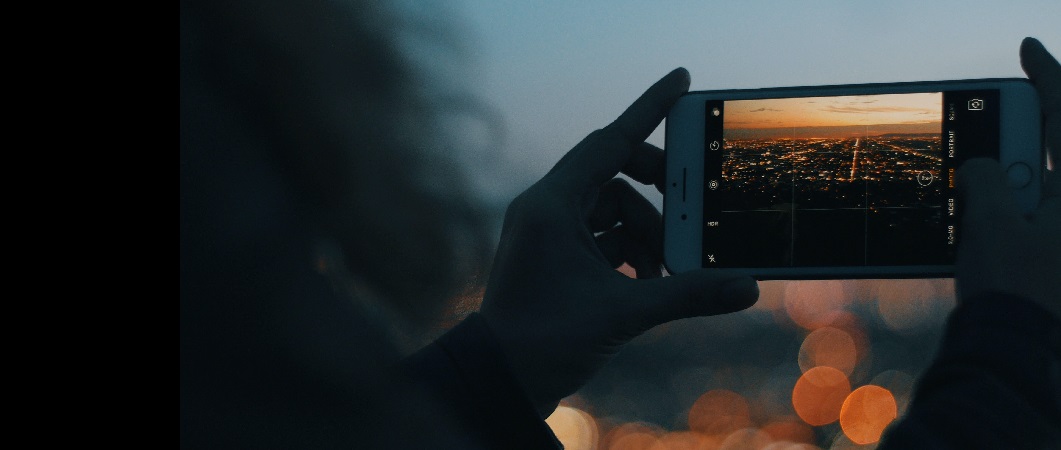I officially became a Netflix binge watcher in May of 2020.
I held out for 8 weeks, adamant that I was going to buck the trend and instead channel the great Isaac Newton and invent something wildly amazing. I came up short — I never did create the next great theory about gravity — and, worse, I also caved and started riding the wave of watching mini-series, movies, and old TV shows in record time.
May of 2020 was also the first time I became acutely aware of the power of recommenders and personalization. Suddenly, I couldn’t wait to visit the homepage of Netflix, Hulu, and HBO Max to find out what the all-mighty algorithm believed I would enjoy next. In the beginning, the services had less data to work off of… after all, my binging was at a rudimentary Level 1. But quickly, over the weeks, as my consumption increased, the algorithm’s accuracy improved dramatically, and the streaming services successfully brought me my new favorite shows and movies.
It didn’t stop with streaming services.
As consumer shopping patterns shifted almost exclusively to online, I started becoming more aware — and even grateful — for the…
Retargeting ads from online retailers that hit my social media feeds teeing up “if you like this, you’ll like this” attire suggestions
Chatbots that helped me order new sunglasses without ever having to visit a brick-and-mortar store
Grocery store apps that knew my eating habits and used push notification to let me know when there were sales on my favorite products
The list goes on…
Though prevalent before 2020, the power of recommender engines, personalization, customization, and automation was on display and, perhaps without us realizing it, forever shifting consumer preferences and expectations. From tech masterminds to tech novices, consumers were introduced to artificial intelligence, emerging tech and advanced analytics solutions at lightning seed. You might have gone into quarantine loosely understanding the power of these capabilities, but we all reentered the world months later with a heightened dependency and appreciation for the ways in which technology fuel our personal and professional worlds.
Related Reading: Leap Frog in the Experience Era
Coming out of quarantine, the biggest conversations and questions centered around Future of Work.
Hybrid, in-person, remote?
How had employee expectations/needs shifted?
The pace of digital transformation and innovation had sped up overnight… how would companies that fell behind keep up?
Today, the questions and theories continue to come, and conversations continue to zero in on Future of Work.
But what about Future of Experience?
How have the last 19 months forever changed our expectations about the experience we want to receive from the brands and companies upon which we depend? How have the Googles, Amazons and Netflixs raised the bar for ALL companies when it comes to how we deliver experience? What role will emerging tech, strategy and innovation have on shaping the experiences of tomorrow?
In addition to focusing on Future of Work, let’s focus on Future of Experience — a commitment to delivering superior experiences that harness the best of humanity and emerging tech to wow all our constituents, from customers to employees to the larger community.
So how can you start augmenting your approach to Experience? Here are 3 quick tips:
- Understand the Who: In the race to build superior experience, we can lose sight of what matters most — the people who receive our experiences. Before thinking of how technology can augment experience, start by considering the people… what motivates them to make decisions? What expectations do they have about experience based on their consumer preferences? How do they measure successful and futile experience? The WHO, and understanding them innately, has never been more important.
- Augment with Tech: From hyper-automation to recommender engines to low-code AI chat bots to visualization tools, there are an infinite amount of technologies available to apply directly to experience strategies. With a firm understanding of your WHO — your customers, employees, stakeholders, etc. — now comes the fun part. How can emerging tech bolster your strategy, all the while keeping the human at the center of the experience? The barrier to entry has never been lower when it comes to dipping a toe with the latest technologies.
- Measure as You Go: Embracing a human-first, tech-augmented experience strategy is a powerful way to leap-frog your competitors. But don’t forget to measure as you go! The bar of expectation has never been higher when it comes to the experiences we expect, and our customers, employees and stakeholders are interacting with our companies in ways that give us insight we never had access to before. Put your data to work for you. Elevate insights, calibrate regularly, and let the data guide your experience decisions.
These last 19 months have been forever business-impacting. As consumers, we are different. What we expect is different. So as companies, how we create those experiences needs to shift. We need to think differently. We need to realize Future of Experience is here now.

